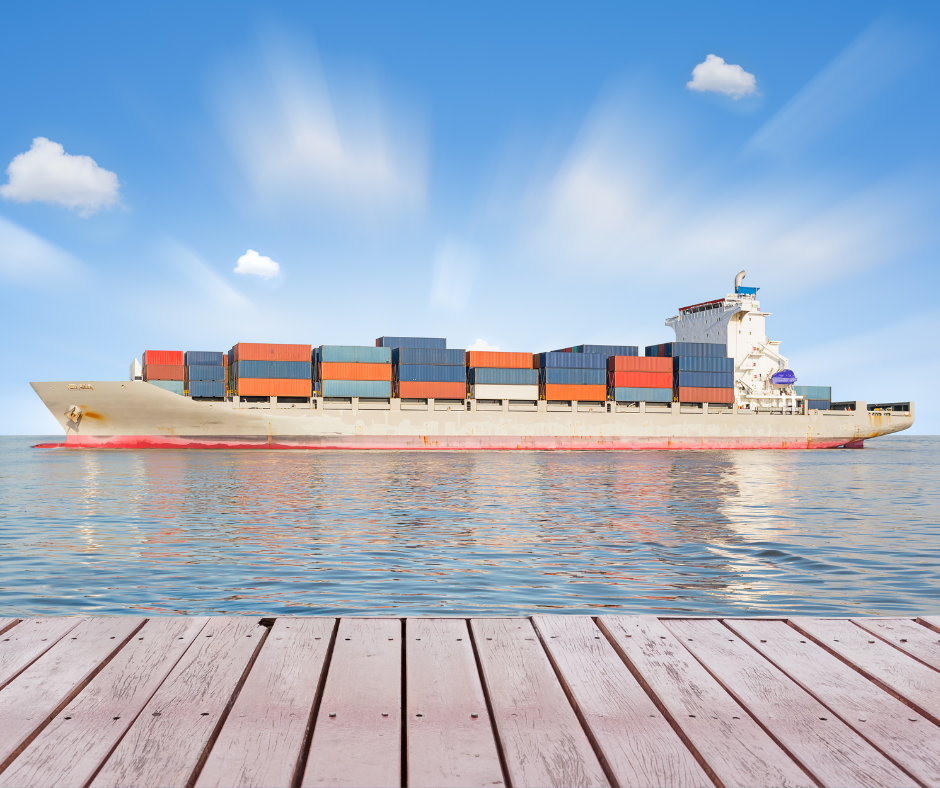
Tariffs are taxes that countries impose on imported products for one of two major purposes: protectionism or social change.
Most countries participate in the World Trade Organization. This worldwide independent body acts as mediator between countries to resolve trade disputes, often over trade rules for imports, and is dedicated to the reduction and removal of all tariffs between member nations. In spite of these efforts, there is still a long way to go.
Tariffs in global trade 101
The basic truth in international business is that countries have competitive advantages over other countries. These advantages can be in access to raw materials, cheap labor, and technological expertise.
As a result of these advantages, the cost of products produced in those countries can often be significantly lower.
Governments then use tariffs to ‘level the playing field,’ so that products produced internally can compete with lower cost imports.
Governments also use tariffs as leverage to encourage social change. Most countries are not at all receptive to other governments telling them what to do.
On the other hand, they are usually very interested in improving their economies. They can therefore be persuaded to implement changes in human rights practices, corruption, pollution, etc., in exchange for reduced tariffs and greater access to markets for their exports.
Because countries use tariffs as a tool, they can change as frequently as government priorities do. For the importer, this requires constant vigilance. Policy changes can profoundly impact profitability and change the competitive balance in the marketplace.
Get your calculators ready
Navigating the complex tariff schedules can be a daunting task. If you fail to identify the product correctly, you can face penalties and fines, perhaps even loss of import privileges.
Inaccurately identifying the country of origin can have serious consequences.
Even the tiniest discrepancies in the description of the product can cause huge differences in the duties charged.
Let’s say you are an Italian shoe manufacturer and would like to import running shoes to the United States. In this case, the tariff rate is based upon the value of the shoes.
If our shoes are worth more than $6.50 but not over $12.00, then we can use the harmonized tariff schedule and look up code 6402.91.8005 – “Tennis shoes, basketball shoes, gym shoes, training shoes and the like”. There is no special tariff rate for Italy or the European Union, so we know we will be charged the default rate of $0.90 / pair + 20% of the value of the shoes.
If those same shoes came from Colombia, the rate would be $0.54 / pair + 12% of the value of the shoes. And if they were made in Morocco they can be imported duty-free.
To further complicate matters, if the value of the shoes exceed $12.00 they must be imported on code 6402.91.9005 and the tariffs are slightly lower.
This creates the following bizarre scenario:
If the shoes are valued at $12.00, the tariff per pair is $3.30 bringing the cost per pair to $15.30. If the manufacturer should implement a 2% price increase to $12.24, the tariff per pair is only $2.45, so the cost per pair becomes $14.69!
Get to know the rules even better than U.S. Customs
We advise our clients to get a binding opinion from the U.S. Customs and Border Protection agency before importing a product into the U.S. This opinion will provide some clarity in terms of tariffs, and eliminate surprises at the border that could adversely affect the bottom line.
To our amazement, we found that the changing rules sometimes confuse the very agency tasked with enforcing them.
One of our clients is an importer of tahini, a sesame seed based product. They identified a particular strain of the seed, grown in Ethiopia, which has the taste they sought.
They contracted with a factory in Israel to manufacture the product and began importing tahini duty-free under the free trade agreement between Israel and the United States. This arrangement allowed them to contain their costs, while introducing their product to the U.S. market.
In July of 2014, we began negotiations with a factory in Ethiopia to manufacture the product closer to the source, thus eliminating the cost of transporting the seeds to Israel.
When we sought guidance from Customs and Border Protection, our first response was that the import, classified under 2008.19.9090, would not qualify for any trade preference, and as such would be charged the default tariff of 17.9% (much too high to make it economically feasible).
However, the rules on this were confusing at best.
In the past, importing tahini from Ethiopia could be done duty-free, since it was covered under the General System of Preferences (GSP). Unfortunately, the GSP was allowed to expire on July 31, 2013.
Products from Ethiopia also qualify for special duty-free treatment under the African Growth and Opportunity Act (AGOA). However, tahini was not among the products that were included in AGOA. Careful research uncovered an obscure paragraph in the rules which stated:
“Imports of GSP-eligible imports for beneficiary countries of the African Growth and Opportunity Act (AGOA) will continue to be eligible for duty-free entry, notwithstanding the lapse in GSP authorization, pursuant to the provisions in the statute governing the AGOA program”
We presented this citation to the agency and received a binding opinion that no tariff would be charged.
The moral of the story is that careful research and diligence is the only way to guarantee that your imports will be treated fairly and the proper tariffs applied.
What products could your business potentially reduce tariffs on with some more research? Do you have any stories to share on the topic of tariff rules?








Hi Brian,
Great information!i was wondering what the rate if the shoes is made in China?